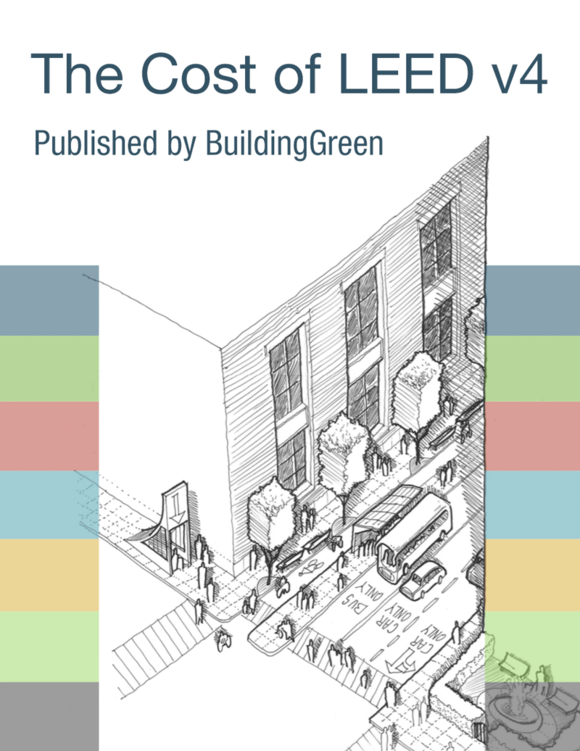In the first paragraph under Option 1, change "Section 4.2.1.1" to "Section 4.2.1.3"
Replace the 2nd, 3rd, and 4th paragraph under Option 1 with the following:
"Calculate the PCI, PCIt, and percentage improvement using metrics of cost and greenhouse gas (GHG) emissions.
Total LEED points for EAc Optimize Energy Performance are determined by summing the points documented in Table 1 ( energy cost metric) plus the points documented in Table 2 (GHG emissions metric), where points for each Table are determined based on the project percent improvement PCI below the PCIt documented for each metric.
Delete all text between Table 1 and Table 2.
Add/edit the Table 1 and Table 2 notes as follows:
For BD+C:
1. BD+C projects except Data Centers with Proposed Building Unregulated Energy exceeding 50% of the total Proposed Building Performance for the referenced metric (cost or GHG emissions), and BD+C: Data Centers projects with at least 40% gross colocation data center area may use the “Healthcare, Major Renovation, CS” column in lieu of the “New Construction” column.
2. Renewable Energy:
• On-site renewable energy: For Table 1 and Table 2, on-site or on-campus renewable energy that meets ASHRAE Standard 90.1-2016 Section G 2.4.1 requirements for on-site renewable may be subtracted from the Proposed Building Performance in accordance with ASHRAE Standard 90.1-2016 Section G 2.4.1.
• For the Table 2 greenhouse gas emissions metric, Tier 2 New off-site renewables documented in EA Credit Renewable Energy may be subtracted from proposed greenhouse gas emissions for electricity prior to calculating proposed building performance. Projects in locations where hourly electric greenhouse gas emissions factors are available must document performance for the baseline, proposed, and renewable generation using hourly electric emissions factors.
For ID+C:
Add #2: "• For the Table 2 greenhouse gas emissions metric, Tier 2 New off-site renewables documented in EA Credit Renewable Energy may be subtracted from proposed greenhouse gas emissions for electricity prior to calculating proposed building performance. Projects in locations where hourly electric greenhouse gas emissions factors are available must document performance for the baseline, proposed, and renewable generation using hourly electric emissions factors"
Delete the "Retail Only" section



